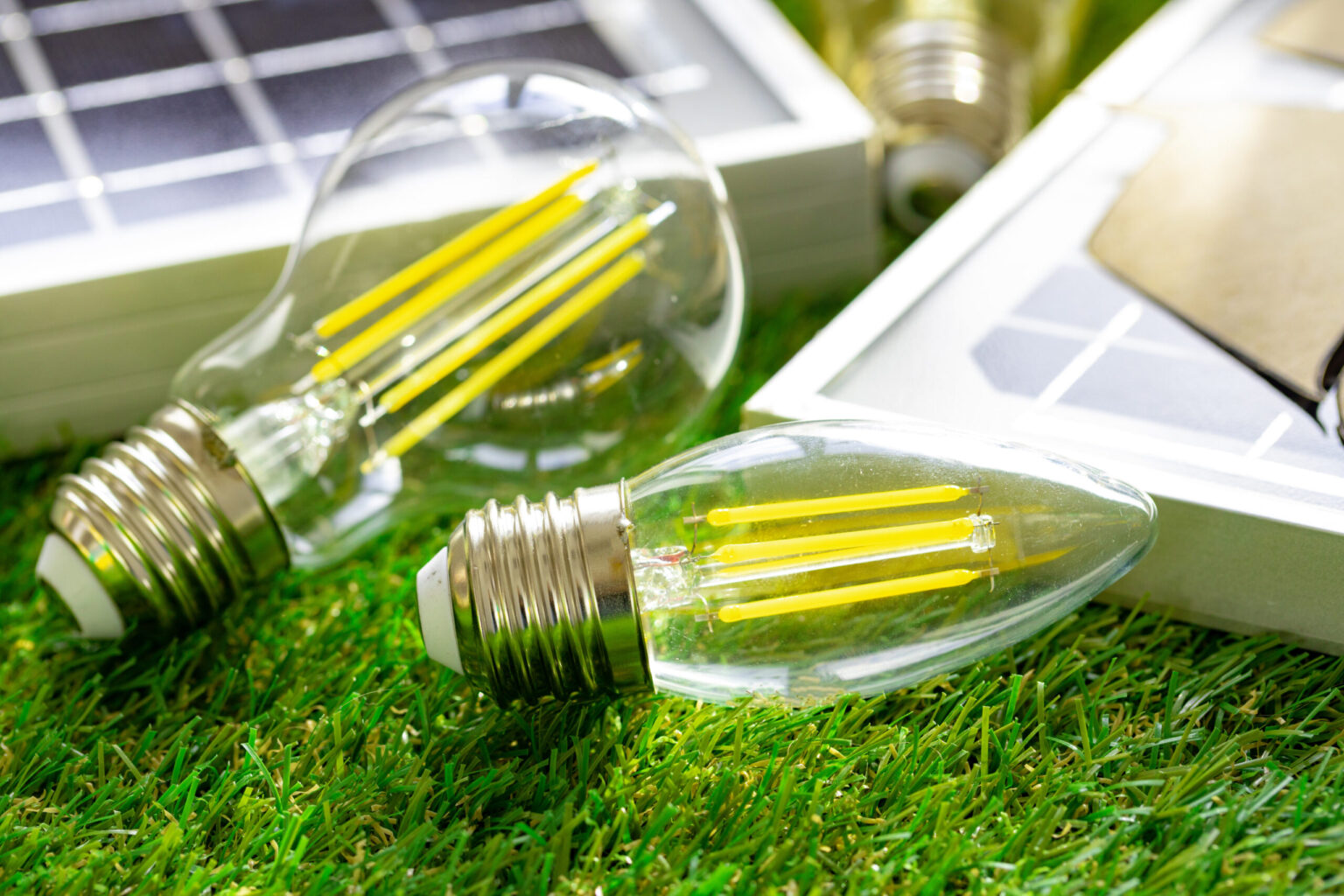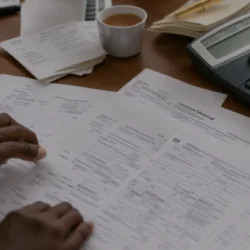Switching to renewable energy doesn’t just benefit you as an individual. It has broader implications for the community as well. When a considerable number of homeowners and businesses in an area adopt renewable energy, it significantly reduces the local demand for energy from fossil fuel sources. This can lead to a reduction in energy-related pollution and improve the overall air quality in the region, contributing to better public health outcomes.
Moreover, the renewable energy sector creates jobs. According to a report by the Environmental Defense Fund, renewable energy jobs are growing 12 times faster than the rest of the U.S. economy. Thus, by choosing to invest in renewable energy, you’re also supporting an industry that contributes to local job growth and economic development.
Challenges of Adopting Renewable Energy
Despite its many benefits, adopting renewable energy in New York comes with its challenges. One of these is the intermittent nature of some renewable sources. The sun doesn’t shine all the time, and the wind doesn’t always blow. Hence, to rely entirely on these sources, you’ll need to install energy storage systems or have a backup energy source.
Also, while most people support the idea of renewable energy, not everyone likes the idea of a wind turbine or a solar farm in their backyard. This phenomenon, known as the Not In My Back Yard (NIMBY) syndrome, can slow down renewable energy projects.
Finally, the transition to renewable energy may require changes to the electricity grid. The current infrastructure was built around the concept of large, centralized power plants. Adapting it to accommodate distributed, small-scale clean energy production can be a complex and costly process.
The Role of Policy in Promoting Renewable Energy

Government policies play a crucial role in the adoption of renewable energy. In New York, the government has been proactive in this area. The Climate Leadership and Community Protection Act (CLCPA) is one example. Passed in 2019, the Act mandates that 70% of the state’s electricity come from renewable sources by 2030.
Incentives are another tool used by the government to promote renewable energy. The Federal Investment Tax Credit (ITC) gives homeowners and businesses a tax credit equal to a percentage of the cost of their renewable energy system. There are also many state and local incentives available in New York, such as the NY-Sun Initiative, which provides financial support for solar energy.
Despite these encouraging policies, there is still much to be done. Policies must continuously evolve to address emerging challenges and keep pace with advancements in renewable energy technologies.
Emerging Trends in Renewable Energy
Looking forward, there are several trends to watch in the renewable energy space. Battery storage is one such trend. As technology improves and prices continue to fall, batteries will play an increasingly important role in overcoming the intermittency issue of renewable sources.
Community solar programs are also gaining popularity. These allow people who can’t install solar panels on their property to purchase a share of a communal solar farm and receive credits on their electricity bills.
Lastly, there’s a growing interest in electric vehicles (EVs). As more people switch to EVs, there will be a greater need for charging infrastructure. This could provide an additional source of income for homeowners with solar panels, who can sell their excess electricity to EV owners.
Understanding the Role of Your Energy Provider
When switching to renewable energy, understanding the role of your energy provider is crucial. In deregulated markets like New York, consumers can choose their energy supplier. While your local utility company continues to deliver your electricity and maintain the power lines, an energy supply company is responsible for the electricity’s production. Many of these suppliers now offer renewable energy plans, sourcing their electricity from wind, solar, and other renewable sources. If installing your own renewable energy system isn’t feasible, choosing a green energy plan can be an effective way to support green energy in New York.
Contributing to Grid Resilience through Renewable Energy
Adopting renewable energy at the individual or community level contributes significantly to grid resilience. Our conventional power system relies heavily on large power plants and extensive transmission networks, making it vulnerable to disruptions from extreme weather events, equipment failures, or cyberattacks. In contrast, renewable energy sources like solar and wind are often distributed and localized. This distributed energy resource (DER) model reduces reliance on long-distance energy transmission, making the grid more resilient to single points of failure.
Additionally, homeowners who install battery storage with their solar or wind systems can store excess power for use when their renewable system isn’t producing, such as during the night or on calm days. This not only provides a personal energy backup but, in the aggregate, can also help balance the grid’s electricity supply and demand, further enhancing grid resilience.
The Role of Technology in Enhancing Renewable Energy Usage
The advancement of technology plays a significant role in enhancing the use and efficiency of renewable energy systems. This is seen in the consistent improvements in solar panel efficiency, wind turbine design, and the drop in the cost of batteries for energy storage, all of which have made renewable energy more accessible and affordable for average consumers.
Smart grid technology is another exciting development. It uses digital communication to detect and react to local changes in energy usage, improving grid reliability. For homeowners with solar panels, a smart grid can manage when to draw energy from the panels, when to store it, and when to feed excess power back into the grid.
The Significance of Energy Education

As you embark on your renewable energy journey, you’ll likely find yourself learning a lot about energy—how it’s produced, how it’s delivered, and how you use it. This education is a vital part of the process. The more you understand about energy, the better equipped you’ll be to make decisions that are good for both your wallet and the planet.
In New York, there are numerous resources to help you along the way. The New York State Energy Research and Development Authority (NYSERDA), for instance, provides a wealth of information on renewable energy options, incentives, and providers. Community organizations and local energy cooperatives can also be valuable sources of information and support.
Renewable Energy and Real Estate Value
Homeowners often wonder how installing a renewable energy system will affect their property’s value. Multiple studies have shown that homes with solar panels sell for more than comparable homes without them. A study by the Lawrence Berkeley National Laboratory, for example, found that, on average, solar panels add a $15,000 premium to a home’s sales price.
This increase in value can offset some of the costs of installing the system. However, it’s important to note that the effect on property value can depend on various factors, including the size of the installation, the cost of electricity in the area, and the system’s age and condition at the time of sale.
Renewable Energy and Community Empowerment
Finally, renewable energy can be a tool for community empowerment. Community solar projects, for example, allow members to collectively own or lease a solar array and receive credits on their electricity bills proportional to their share of the electricity produced. These projects make solar accessible to those who can’t install their own system and foster a sense of collective ownership and responsibility for energy production.
Similarly, the development of renewable energy projects can create local jobs and keep more money in the local economy. As the renewable energy sector continues to grow, it offers opportunities for community-based initiatives and local entrepreneurship.
Conclusion: Taking Action
The journey to renewable energy may seem daunting, but remember that every step counts. Even small actions, such as using energy more efficiently or choosing a green electricity plan, can make a difference. And once you’re ready to take the leap, know that the benefits—both for you and for the planet—far outweigh the challenges.





